Bees (and other "critters") at the Intervale
The word “critters” amuses me for some reason as it’s just a more fun word than “animal,” and I use it loosely and perhaps incorrectly as a result. Critters help us manage the farm (and yes, the deer and raccoon critters help to destroy) in many ways. We use “beneficial critters” to control aphids in the greenhouse and high tunnels, to control pests in our broccoli and peppers; bees pollinate, and birds eat mosquitoes. We release lady bugs on a regular basis as well as beneficials to target pests on specific plants. We’ve been working with UVM for some time to identify and control the swede midge, a critter pest in the broccoli fields.
This summer, the Vermont Center for Ecostudies has been studying our bees! There are hives in the Intervale which benefit all Intervale farms and result in honey for the hive owners (and the bees.) Several farm members have provided the hives over the years, and the Vermont Beekeepers Association has a “northern yard” they use for demonstrations and hands-on experiences for members and new beekeepers. Mostly you won’t run into the hives because they are tucked away and not in our PYO fields or pick-up area. However, you might find the bees themselves around the pick-up area!
***
Bombus borealis on Tithonia
Spencer Hardy is a CSA member and the project coordinator for the Vermont Center for Ecostudies work this summer and he sent along a short description of the work and findings thus far:
We’ve all heard about the value of bees and how many threats they face. But did you know there are over 300 species of bees in Vermont? Apis mellifera - the Western Honey Bee - gets most of the attention, as they are the most commonly managed bee and are used for pollination of many crops. However, Honey Bees are not native to North America and for all intents and purposes are a domestic animal in Vermont. The other relatively well-known group is the Bumblebees (genus Bombus) with 17 species known from Vermont . Read all about them here.
Triepeolus remigatus
The remaining species are mostly small, solitary bees that have not been studied very well. A Vermont Center for Ecostudies project got underway this summer to better understand the bees of Vermont. As part of this, Spencer Hardy the project coordinator, has been sampling around the pick-up barn once a week. Most of the bees can only be identified by a small number of experts, so the final results will have to wait, but some preliminary findings indicate ICF has a great diversity of native bees, including some rare species and a few never before documented in Vermont. Many native bees are oligoleges, meaning they only collect pollen from a single plant genus, and ICF grows several crops that have specialist bees. Physalis, the genus that includes ground-cherries and tomatillos has at least two such species. One of them, Perdita halictoides, is a tiny black bee smaller than a grain of rice and the only place it has ever been found in Vermont is around the 20’ of tomatillos in the corral behind the pick-up barn. Another exciting find was Triepeolus remigatus, one of the so-called Cuckoo Bees that lay their eggs in the nests of other species where their larvae take over and develop off the stored pollen and nectar that was intended for the host larvae. This particular species had never been recorded in northern New England and is thought to parasitize the Pruinose Squash Bee (Peponapis pruinosa) which is a specialist of pumpkins and squash flowers and is probably responsible for most of the zuchinni you enjoyed this summer (but not the melon, as that is from a different genus not visited by this bee.)
Next time you whip up a salsa verde or zucchini fritter, appreciate the obscure little bees that make those foods possible!
Purple Martin houses
***
Bees are fine for the crops, but what about the mosquitoes biting the members? This summer we installed some purple martin houses near our river fields as an experiment. We aren’t sure we have a population but we have houses for them! The purple martin houses we’re used to seeing look like condos on poles, but we were told the birds actually prefer something that looks like a huge dried gourd. So that’s what board member Mark Twery installed for us. We hope we’ll be seeing these “winged beneficials” hanging around more!
